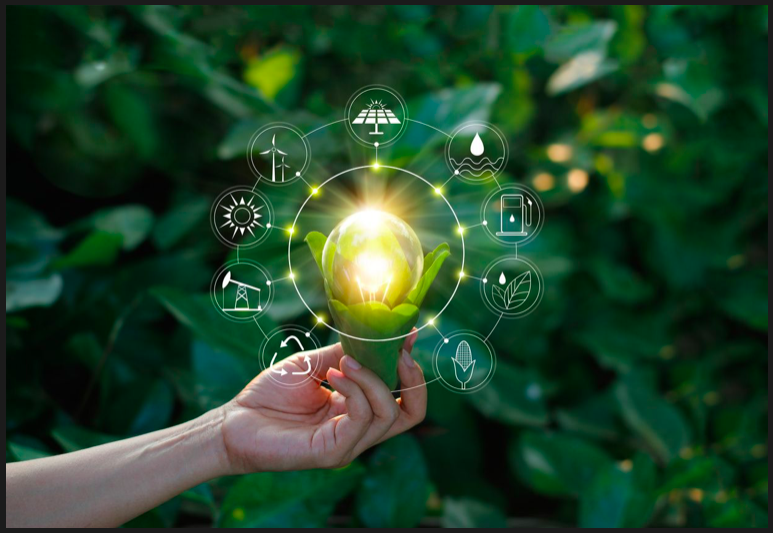The circular economy has started to become trendy, and hopefully, it is not just another economic framework. Some may ask, what on earth is it? The circular economy is an alternative to our traditional linear economy, in which we take raw materials out of the ground, then we turn them into products, mainly in less economically developed countries. Afterward, we ship these goods to always thirsty for novelty consumers all over the world. We consume the goods and dispose of them to a landfill as soon as the good breaks down. Immediately after, we run to purchase a new replacement. And this is repeated over and over.
According to a summary on Etoroopiniones.net, in the circular economy, in a nutshell, we keep natural resources, services, and manufactured goods in use for as long as possible, extract the maximum value from them whilst in use, then recover and regenerate services, products, and materials keeping them in a perpetual life cycle. It sounds pretty great and reasonable, doesn’t it? One could ask why we didn’t do it in the first place.
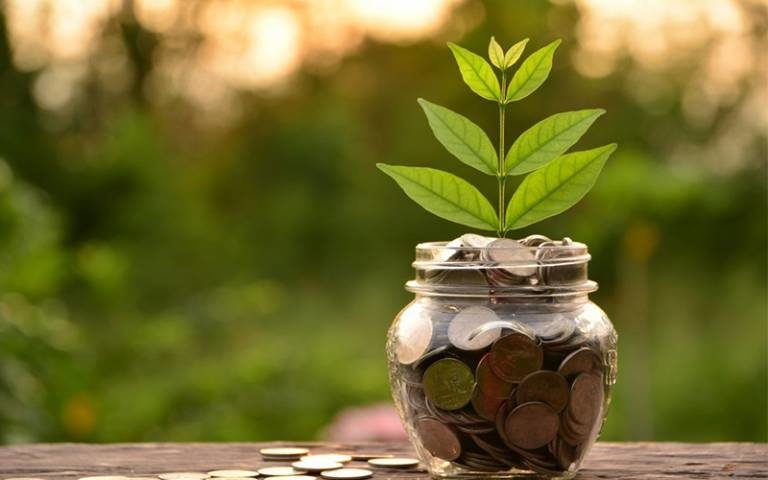
It is becoming crystal clear that the linear economy is no longer a tenable model considering the limits of our planet. The disadvantages of the linear economy outline the urgency for an alternative model, which can be interpreted as an opportunity for the circular economy. The main disadvantages of a linear economy are found in the lack of solutions for the growing shortage of raw materials, increased pollution, increased material demand, and the growing demand for responsible products. As crazy as it may sound, the linear economy is our socio-economic narrative, and the reasons for that are very entangled and complex. I am not going to go into that here. This column is a mere attempt to seed potential ways to unlock the circular economy’s ability to benefit the planet and our society.
Increasing microfinancing tools can start a wave of solutions while empowering young entrepreneurs. During our research for the Zero Waste Scotland we found a significant gap regarding circular economy practices adoption between startups and larger businesses. This is because larger businesses require more time whereas startups tend to be more agile, and can more easily incorporate circular economy practices into their business models.
So now imagine if you could go into your bank and be asked “where would you like your interest savings go to?” To whom or to finance what, and if offered a plethora of green, sustainable, circular economy projects to select from, wouldn’t you say YES to financing eco-plastic alternatives innovators or more sustainable farmers? I bet you would. I certainly would!
Then, what are we waiting for? Let’s encourage our banks to do that.
So, while the policy-making, legislation, and trade agreements remove the barriers, the circular economy and climate solutions need us: the small investors to be on board along with the bigger finance interest groups.
Governments and corporations won’t activate the circular economy and climate solutions at once and possibly in time, because there are many barriers to be removed. So, while the policy-making, legislation, and trade agreements remove the barriers, the circular economy and climate solutions need us: the small investors to be on board along with the bigger finance interest groups.
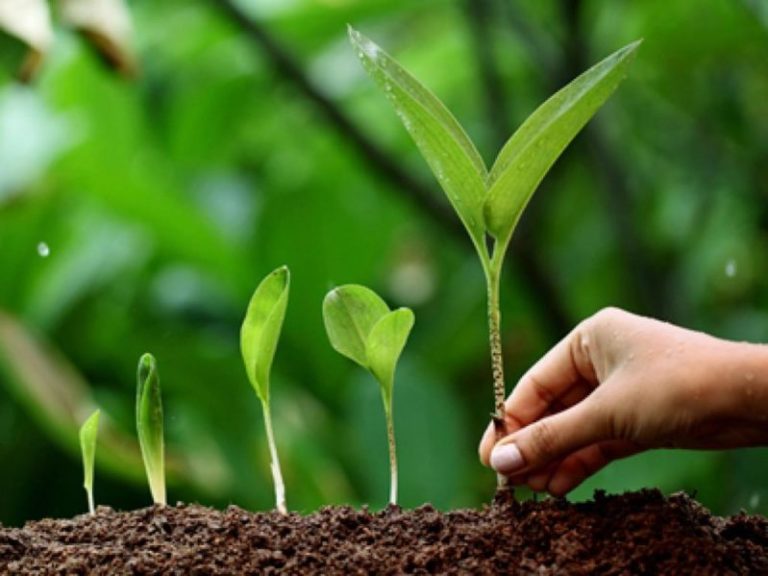
But what exactly is microfinancing and who invented it?
Microfinancing was first conceptualised by Muhammad Yunus, a Bangladeshi social entrepreneur, banker, economist, and civil society leader, who was awarded the Nobel Peace Prize in the 2006 for founding the Grameen Bank, and pioneering the concepts of microcredit and microfinance, specifically “for their efforts through microcredit to create economic and social development from below.” The Norwegian Nobel Committee said, “lasting peace cannot be achieved unless large population groups find ways in which to break out of poverty.”
Microfinance loans are given to entrepreneurs and small businesses who lack access to or do not qualify for conventional banking and related services. From my professional experience, I’ve learnt it means that essentially, anyone who is working on a startup is not investable in the eyes of traditional banks unless they come up with initial capital to invest in their new companies.
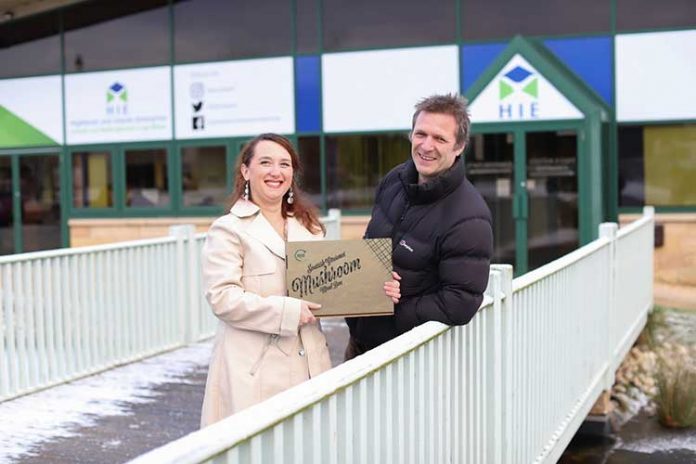
The circular economy can provide opportunities for smaller companies to develop more innovative business models. However, there is a clear need for financing innovation, as businesses are aware that new innovative approaches are required for circular practices, but lack the internal funding to fully embrace innovation or adopt new practices. In an optimal microfinance scenario, which would simultaneously enhance inclusive growth and climate change resilience, skills and training requirements will be included in the development of practice support, guidance and case study examples of businesses that have innovated their business models — tangible examples of how a business can realise its circular economy potential.
In my role of circular economy strategist and climate innovation mentor at the Climate-KIC EIT, I personally encourage the creation of a finance ranking system for microcredit, that can be based on project/business potential impact, while the entrepreneur is supported and assisted in achieving her/his goals by a startup ecosystem support. Climate change policy debates have largely focused upon estimating adaptation costs, ways to raise and to scale-up funding for adaptation, and the design of the international institutional architecture for adaptation financing. They consequently ignore discussion on actual delivery mechanisms to channel these resources at the subnational level, particularly to target the young innovators or rural communities who often are the most vulnerable to the climate breakdown.
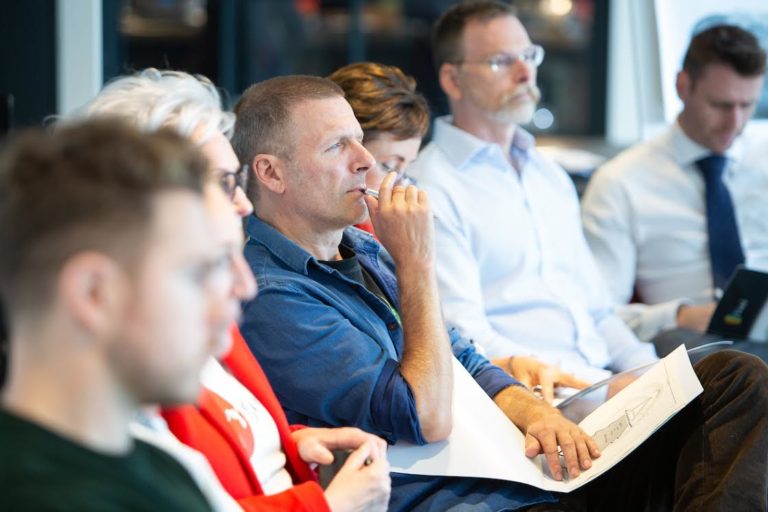
This week on the 15th of May at Impact Summit in Glasgow, one of the European major players for the green microfinancing, Triodos Bank, will exhibit to purpose driven entrepreneurs and circular startups, from the global stage and also from Scotland Can Do and Can B Scotland platforms.
Those innovators are using key performance indicators to measure their social and environmental impact. This is where we are heading with the new business models. Using the microfinancing framework to rank circular economy innovation, funds from public grants, green social investments — I’m tempted to suggest funds from fining the polluters, I know it’s going to be controversial, but it needs to be said. All of the above can be leveraged together to enhance the institutional, financial, and technological capacity of various stakeholders to implement the circular economy context-specific adaptation and mitigation actions. This can enable a planetary shift to promote sustainable development, reduce poverty and inequality, and minimize the adverse impacts of climate change regardless of each country’s existing national realities, capacities, and levels of development.
Editor’s Picks — Related Articles:
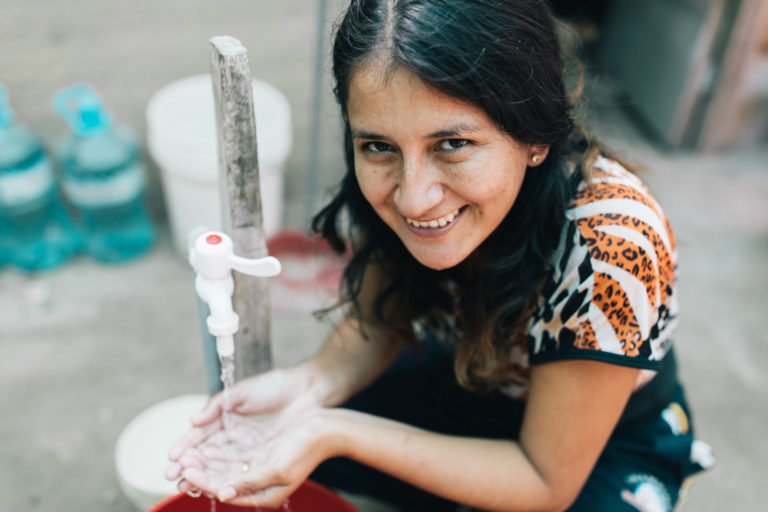 “Small Loans for Safe Water: Unleashing Women’s Power”
“Small Loans for Safe Water: Unleashing Women’s Power”

“Food Packaging: Can ‘Reuse’ Defeat ‘Single Use?'”
We have now worldwide proof that by providing small interest loans we turned hundreds of thousands of unemployed people into successful and impact making entrepreneurs. This kind of prosperity empowers people, reduces crimes and world conflicts — not to mention depression and suicide rates — and increases the capacity for happiness and ability to learn to care for the environment.
So, what do you think? Are you going to your bank tomorrow asking what are they going to do with your savings for protecting the future? All I’m saying here is that if we don’t accelerate our demand for a circular and climate-friendly future, we are not going to have much savings and future left to bank on.
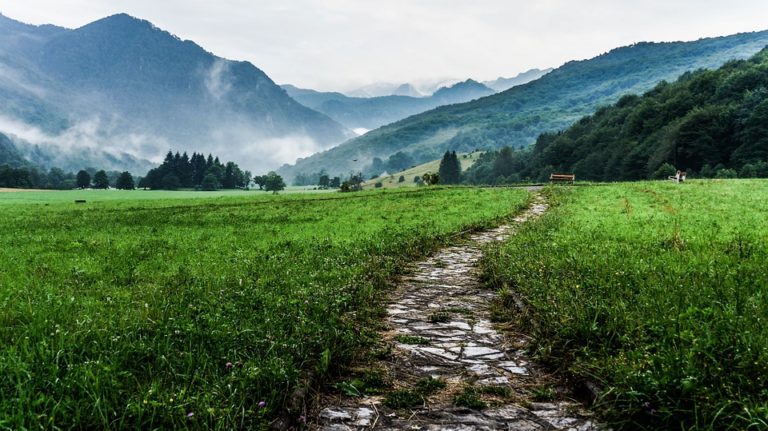
Editor’s Note: The opinions expressed here by Impakter.com columnists are their own, not those of Impakter.com — In the Featured Photo: Sustainability ideas and innovation — Featured Photo Credit: Aurora Sustainability Group
[et_bloom_inline optin_id=optin_1]


